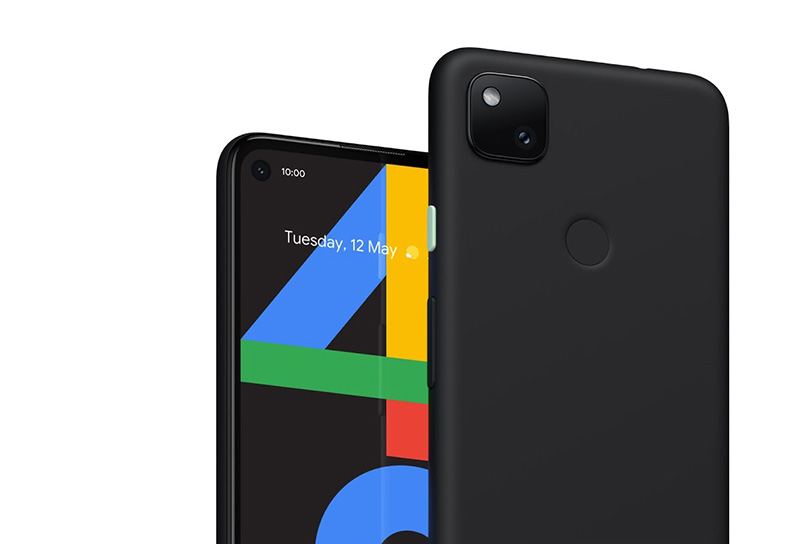Google’s Pixel phones will soon be able to track heart rate and respiratory rate using only your phone’s camera. The feature will be made available in Google Fit app for Pixel phones, the company announced in a blog post. Google also said it’ll expand the feature to more Android phones in the future, but did not specify which devices will get this next.
Read more Google Is Working On A New Generation Of Wearables, Including Holographic Glasses And Smart Tattoos
Google Pixel isn’t the first smartphone to track heart rate. Samsung’s Galaxy S5 through the Galaxy S10 could track heart rate, reports The Verge. Google’s heart rate monitor is similar to Samsung’s, which used a physical photoplethysmography (PPG) sensor on the back of the phone. Users could simply press a finger against the sensor and get a heart reading in seconds.
The Pixel phones do not have a PPG sensor, but it uses the actual rear camera. This works by tracking color change as blood moves through your fingertip. Google says, “To measure your heart rate, simply place your finger on the rear-facing camera lens.”
Measuring your respiratory rate works with the selfie camera, where you position yourself within a frame and then just breathe.

“A lot of people, especially in disadvantaged economic classes right now, don’t have things like wearables, but would still really benefit from the ability to be able to track their breathing rate, heart rate, et cetera”, said Jack Po, a product manager at Google Health.
Heart rate data from Google’s app will not be as comprehensive as the types of readings delivered by smartwatches and other wearables. But an at-home feature that can check in on these metrics on demand is still a useful tool, Po said.
Google said it is relying on its own customary algorithms to calculate the heart rate and respiratory rate. It also claims these will work “in a variety of real-world conditions and for as many people as possible.”
Read more Samsonite’s New Smart Backpack Powered By Google’s Jacquard Tag Can Control Your Phone
The Fit app explicitly tells users that:
“These results are not intended for medical purposes and should not be used to diagnose, treat, cure, or prevent any disease or medical condition.”












